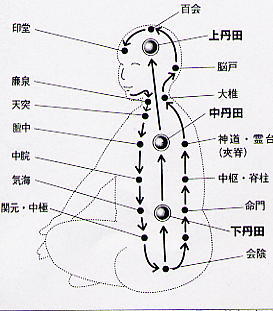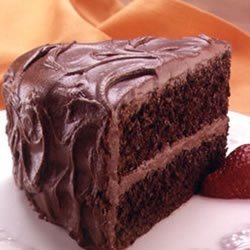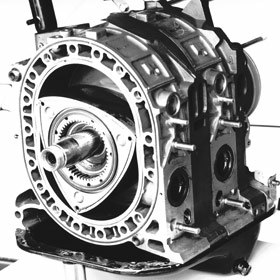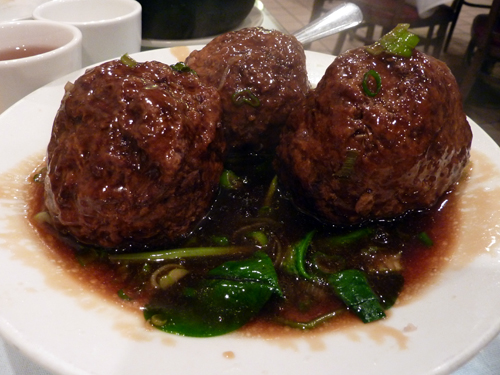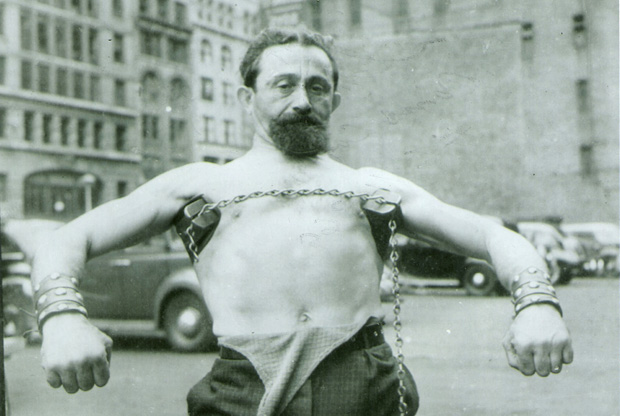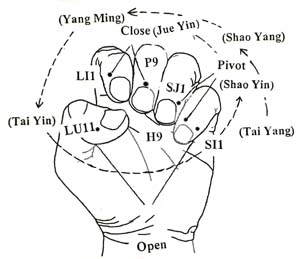Water Yoga
/I went to an Acro-Yoga class the other day. It was fun, lots of young people excited about learning movement. The funny thing is everything we did in the class was actually the same as the acrobatics I learned in my 20's. They have just tacked the word yoga on the end. Cool?
So that got me thinking about Paulie Zink's comment to Paul Grilley that ended up inventing Yin Yoga. Zink basically said something to the effect that yoga is too yang and it needs to be balanced by yin. Practically speaking from the five element theory that frames Daoyin, most yoga is heavy on the wood element (naturally extending and growing) and also on the metal element (strength and holding poses or shapes). He suggested adding the earth element which is very relaxed stillness for extended periods of time. Earth practice is good for meditation and goes deep into the ligaments. It is a very individual practice because at that level of relaxation we are all structurally diverse. That is what modern Yin Yoga adds to the practice.
So I was looking at the Yoga calenders for various local studios in Boulder and I noticed that some of them were having like one or two days of Yin Yoga a week. That makes a lot of sense to me.
Then I noticed that they had Kundalini Yoga one or two days a week too. (My wife went to a Kundalini class and loved it so I think we are going to be a mixed household for the near future.) Kundalini is the fire element that the standard Yoga class is missing. Smart.
I know that there is Yoga and then there is Yoga! Like people are doing all sorts of experiments and I think that is great.
But that still leaves out the element of water. Modern Yoga is still weak on the water element.
The basic partner acrobatics we were doing has one person being the "base" supporting the other person being the "flyer." Learning the role of "base" involves strenght and range of power exercises while weighted. That is the metal element again. Being the "flyer" means having a very relaxed fluid body so that one can balance in the air on the "base." That is the water element.
But as the "flyer" gets better he/she actually becomes very strong and able to hold powerful shapes in the air, while the "base" becomes more fluid and able to do the balancing for the "flyer," dynamically moving the "flyer" around to different positions. They switch back and forth between metal and water, metal and water--or in Daoist alchemical terms between cinnabar, mercury and gold. This type of theater is, after all, an enlightenment teaching tradition.
So anyway, I'm thinking about trying to teach straight Daoyin to the Yoga world and perhaps I can explain it via the metaphor of adding more of the water element to practice. As I'm fond of saying, "Your downward dog needs to wiggle its tail and scamper around the room!"





